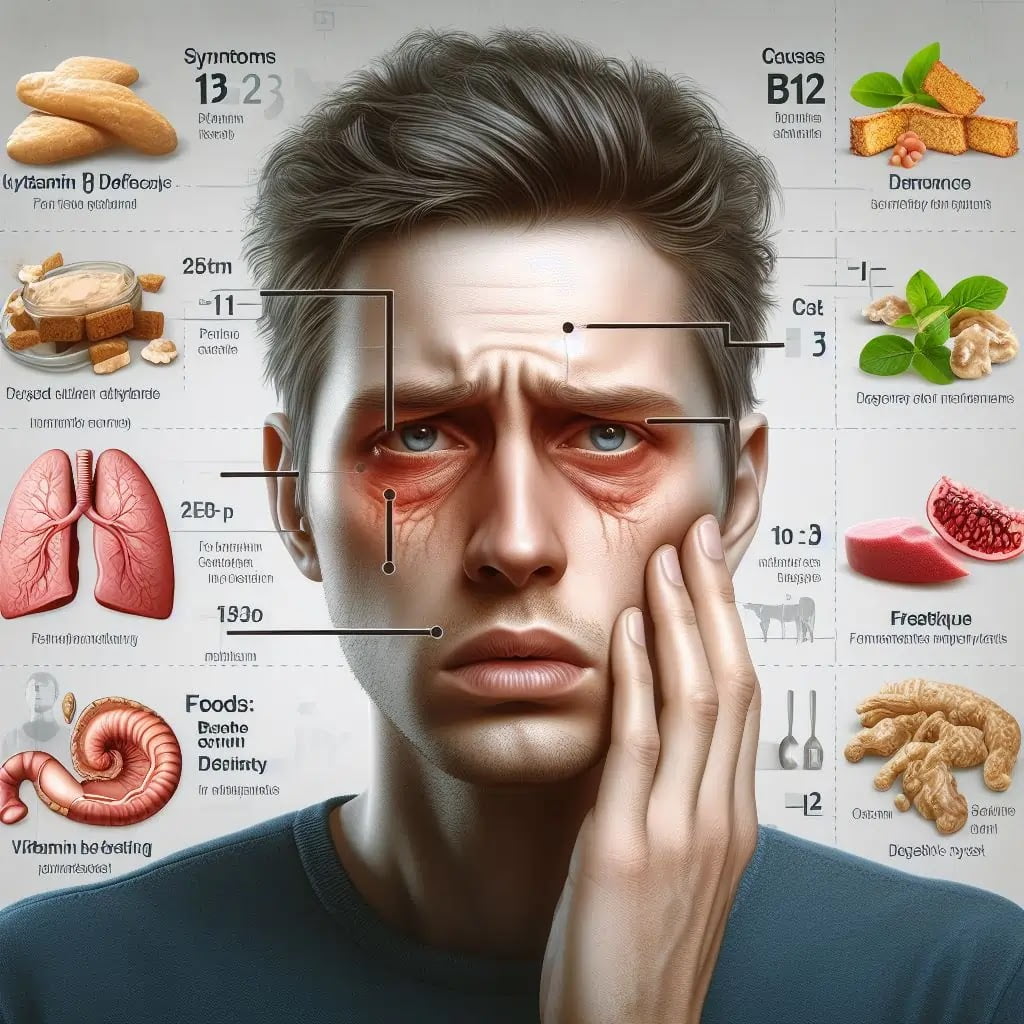Vitamin D is a vital nutrient that supports many functions in your body, such as bone health, immune system, and mood regulation. However, many people are deficient in vitamin D, especially those who live in areas with limited sunlight or have darker skin tones. So how can you get a daily dose of vitamin D without risking sunburn or skin damage? Here are some tips to help you out.
Why Sunlight Is the Best Source of Vitamin D
Sunlight is the best source of vitamin D because it is the most natural and efficient way for your body to produce this vital nutrient. Vitamin D is made from cholesterol in your skin when it is exposed to the sun’s ultraviolet B (UVB) rays. These rays are most intense around midday, especially during summer, so you need less time in the sun to make sufficient vitamin D. However, you should always protect your skin from excessive sun exposure, as it can cause sunburn and increase the risk of skin cancer. You can also get vitamin D from some foods, such as fatty fish, egg yolks, and fortified products, or supplements, but these may not provide enough vitamin D for your daily needs. Therefore, sunlight is the best source of vitamin D, as long as you get it safely and moderately.
How Much Sunlight Do You Need for Vitamin D
The amount of sunlight you need for vitamin D depends on several factors, such as your skin color, your location, the season, and the time of day. To get enough vitamin D from sunlight, you only need about 10 to 15 minutes of midday sun exposure to your arms, legs, abdomen, and back, two to three times per week. However, this may vary depending on your individual needs and circumstances. You can also get vitamin D from some foods, such as fatty fish, egg yolks, and fortified products, or from supplements. The best way to know if you are getting enough vitamin D is to
measure your blood levels with a test. You should consult your doctor before taking any supplements or changing your sun exposure habits.
How to Protect Your Skin from Sun Damage
Sun damage can cause premature aging, wrinkles, spots, and skin cancer. To protect your skin from sun damage, you should follow these steps:
– Avoid sun exposure during the peak hours of 10 a.m. to 4 p.m., when the UV rays are strongest and most harmful.
– Wear sunscreen with an SPF of at least 15, and reapply it every two hours or more often if you sweat or get wet. Choose a broad-spectrum sunscreen that blocks both UVA and UVB rays.
– Wear protective clothing, such as hats, sunglasses, long sleeves, and pants, to protect your skin from the sun. Choose dark, tightly woven fabrics that block more UV rays than light, loose ones.
– Seek shade under an umbrella, tree, or other shelter outdoors. However, remember that shade does not provide complete protection, and you still need to use sunscreen and clothing.
– Avoid tanning beds and sun lamps, which emit artificial UV radiation that can damage your skin and increase your risk of skin cancer.
Conclusion: Daily Dose of Vitamin D
Vitamin D is an essential nutrient that supports many aspects of your health, from your bones to your immune system. However, many people are not getting enough vitamin D from the sun or their diet. Fortunately, there are several ways to increase your vitamin D levels, such as choosing the right time and duration of sun exposure, eating foods rich in vitamin D or taking a supplement, and monitoring your blood levels and adjusting accordingly. By following these tips, you can ensure that you get your daily dose of vitamin D without burning your skin.
FAQs
Q: How do I know if I have a vitamin D deficiency?
A: The only way to know for sure if you have a vitamin D deficiency is to measure your blood levels. You can do this by asking your doctor for a blood test or using a home test kit. The optimal range of vitamin D for most people is between 20 and 50 ng/ml.
Q: What are the symptoms of vitamin D deficiency?
A: Vitamin D deficiency can cause various symptoms, such as fatigue, muscle weakness, bone pain, depression, frequent infections, and hair loss. However, some people may not have any symptoms at all. Therefore, it is important to check your vitamin D levels regularly and take action if they are low.
Q: What are the benefits of vitamin D for my health?
A: Vitamin D has many benefits for your health, such as helping your body absorb calcium and phosphorus, which are essential for strong and healthy bones. Vitamin D also aids your immune system and may help prevent or treat some diseases, such as depression, diabetes, cancer, and heart disease.
Q: What are the best sources of vitamin D in food?
A: Some foods that naturally contain vitamin D are fatty fish (such as salmon, sardines, and mackerel), egg yolks, and mushrooms. However, these foods may not provide enough vitamin D for your daily needs, so you may want to consider eating foods that are fortified with vitamin D, such as milk, yogurt, cheese, orange juice, and cereals.
Q: How much vitamin D supplement should I take?
A: The recommended daily intake of vitamin D for adults is 600 to 800 IU, but some people may need more depending on their blood levels, health conditions, and lifestyle. You should consult your doctor before taking any supplements to
determine the right dosage and frequency for you.






